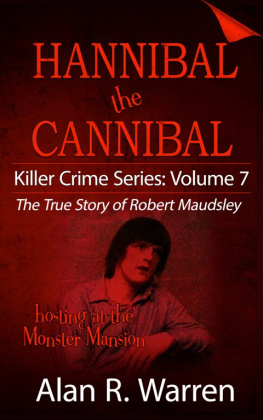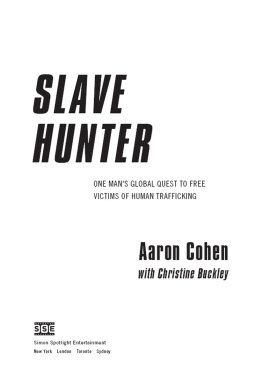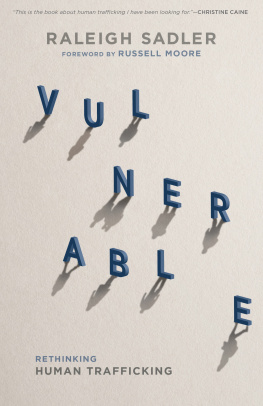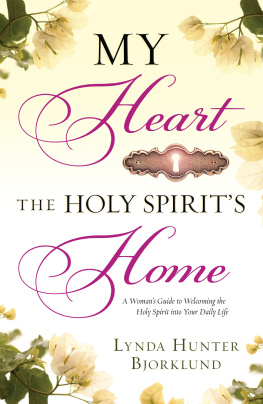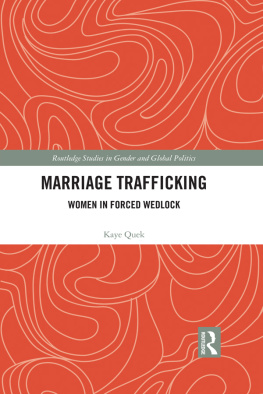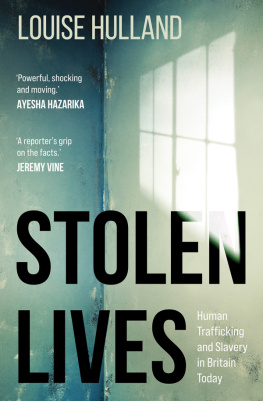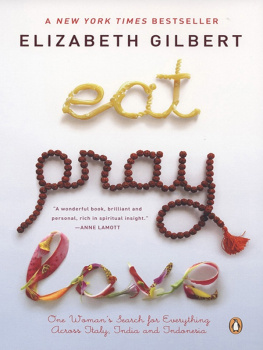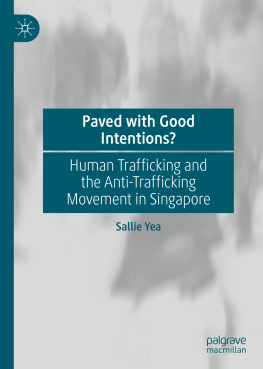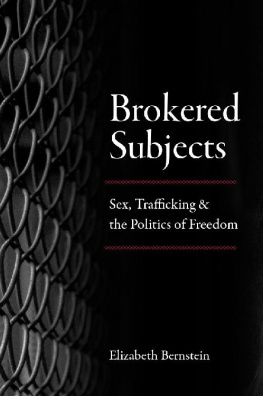Hadjitofi - The Icon Hunter
Here you can read online Hadjitofi - The Icon Hunter full text of the book (entire story) in english for free. Download pdf and epub, get meaning, cover and reviews about this ebook. City: New York, year: 2017, publisher: Pegasus Books, genre: Home and family. Description of the work, (preface) as well as reviews are available. Best literature library LitArk.com created for fans of good reading and offers a wide selection of genres:
Romance novel
Science fiction
Adventure
Detective
Science
History
Home and family
Prose
Art
Politics
Computer
Non-fiction
Religion
Business
Children
Humor
Choose a favorite category and find really read worthwhile books. Enjoy immersion in the world of imagination, feel the emotions of the characters or learn something new for yourself, make an fascinating discovery.
- Book:The Icon Hunter
- Author:
- Publisher:Pegasus Books
- Genre:
- Year:2017
- City:New York
- Rating:3 / 5
- Favourites:Add to favourites
- Your mark:
- 60
- 1
- 2
- 3
- 4
- 5
The Icon Hunter: summary, description and annotation
We offer to read an annotation, description, summary or preface (depends on what the author of the book "The Icon Hunter" wrote himself). If you haven't found the necessary information about the book — write in the comments, we will try to find it.
The Icon Hunter — read online for free the complete book (whole text) full work
Below is the text of the book, divided by pages. System saving the place of the last page read, allows you to conveniently read the book "The Icon Hunter" online for free, without having to search again every time where you left off. Put a bookmark, and you can go to the page where you finished reading at any time.
Font size:
Interval:
Bookmark:

with Kathy Barrett

Inspired by the words written on the tomb of the celebrated Greek writer Nikos Kazantzakis
I fear nothing
As I expect nothing
I am a free woman
And, free I shall remain
as that is my strength
Those who place
their personal interests
above justice & human rights
should fear me
as those, I shall expose
Tasoula Hadjitofi, October 2015
THE ICON HUNTER
Pegasus Books Ltd.
148 W 37th Street, 13th Floor
New York, NY 10018
Copyright 2017 by Tasoula Hadjitofi
First Pegasus Books edition April 2017
Interior design by Maria Fernandez
All rights reserved. No part of this book may be reproduced in whole or in part without written permission from the publisher, except by reviewers who may quote brief excerpts in connection with a review in a newspaper, magazine, or electronic publication; nor may any part of this book be reproduced, stored in a retrieval system, or transmitted in any form or by any means electronic, mechanical, photocopying, recording, or other, without written permission from the publisher.
Library of Congress Cataloging-in-Publication Data is available.
ISBN: 978-1-68177-323-0
ISBN: 978-1-68177-381-0 (e-book)
Distributed by W. W. Norton & Company
This is a true story and, as a memoir, it is told to the best of the authors recollection. Much of this workincluding dialogueis reconstructed from the authors archives or available in written or recorded records. Certain names have been changed for the sake of privacy.

I dedicate this book to the more than sixty five million displaced and refugee people who have been forced by violence to leave their homelands and who long to return before they leave this world, but especially to my parents, Leonidas and Andriani, who have been waiting to go home since the 1974 Turkish invasion of Cyprus made my family refugees.
L ove may have been the impetus for me to relocate to the Netherlands, but it was destiny that led me, as a refugee from Cyprus, to settle in The Hague, the International City of Peace and Justice. I found my voice, once silenced by the consequences of war, as Honorary Consul to Cyprus in the Netherlands and as a representative of the Church of Cyprus, repatriating looted sacred artifacts.
War took my identity as a Greek Cypriot child and forced my family and me to flee for our lives during the Turkish invasion of Cyprus in 1974. We lost our home, security, and material possessions that took a lifetime to accumulate. All that remained after everything was stripped away were the remnants of our faith. But the Turkish army took those, too, destroying and looting our churches, desecrating our graveyards, and taking action to erase all traces of our cultures existence.
An opportunity to see those responsible for the cultural cleansing of Cyprus brought to justice took me on a forty-year odyssey in search of stolen sacred artifacts, which led me around the world and often placed me at the brink of ruin. As I am drawn deeper into the shadowy underworld of art traffickers, I learn that dealers of God are everywhere.
Gaining the cooperation of a Dutch art dealer, I successfully orchestrate a sting operation (the Munich case) in conjunction with the Cypriot and Bavarian police, leading to the arrest of Aydin Dikmen, the Turkish art dealer linked to the sacred artifacts looted from the occupied north of Cyprus, and the international trade. More than five thousand artifacts stolen from Cyprus and around the world were discovered.
The systematic destruction and looting of cultural heritage in areas of conflict threatens our religious freedoms and eliminates precious clues left behind by past civilizations. Our collective human achievement is now more than ever under direct attack as extremist groups value the looting of artifacts and antiquities as sources of revenue to fund their terrorist organizations.
My story speaks to the plight of every refugee in search of their lost identity and warns society about the dangers of leaving our religious freedoms and cultural heritage unprotected.
Culture is key to promoting understanding between different cultures and religions and connecting societies. Our heritage is an archive of the values and traditions we establish over time; it connects us to our past while building a bridge to our future. It is our most valuable inheritance, and my lifes work is dedicated to raising awareness about the importance of protecting it.
I n September 2015, I was able to speak in depth with one of three intermediaries, working directly with Dutch art dealer turned informant, Michel Van Rijn, during the 1997 Munich operation described in the foreword. Our talks covered the months leading up to the Munich operation as well as what took place inside Aydin Dikmens apartment in Munich during the actual sting itself. These never before revealed details are now included in my memoir to give the reader a multifaceted view of how the trade operates.
MORNING, HOLY WEEK, APRIL 26 TH , JERUSALEM, 1997
D riven by their devotion to the Passion of Christ, thousands upon thousands of faithful Orthodox Christians pour into Jerusalem during Holy Week. On Saturday they stand shoulder to shoulder in a single perilously overcrowded place of worship to witness the miracle of the Holy Fire. A sea of Greek, Armenian, Coptic, and Syrian Orthodox Christians wave their unlit candles, while Christian youth from the Old City bang their drums and shout in Arabic, The light is ours, glory to the Orthodox. Devout people from every corner of the globe gather in breathless anticipation, waiting for the spectacle to begin.
A vast complex of interconnected sacred structures encompasses the sites of Christs torture, crucifixion, and burial, making the Church of the Holy Sepulchre the holiest pilgrimage site in Christendom. The excitement escalates as the arrival of the Greek Patriarch of Jerusalem draws near. Believers jockey for position closest to the mausoleum that contains Jesuss tomb. The evocative sound of ancient tongues including Aramaic, the language of Jesus, builds to a crescendo that begins to quiet as security men lead the Greek prelate to the entrance of the church. Stepping inside, the Patriarch enters and passes the stone where Christs body lay in preparation for his burial, and the ten-meter-long mosaic that hangs above it depicting three scenes from his resurrection. The Patriarch then walks directly to the sepulchre, where representatives of the Armenian, Coptic, and Syrian Orthodox churches are waiting. Greek Orthodox clerics wearing their ceremonial vestments also join the entourage. The robed men move in procession holding poles with icons. They make two circles around the rotunda, a ring of arches that surrounds the tomb. After they have completed a third round, the Patriarch stands in front of the mausoleum, known as the edicule, and removes his vestments. He is handed four bundles of thirty-three candles, a number that represents the length in years of Christs life. He and the Armenian priest enter a small vestibule at the entrance of the edicule. Once the door is closed behind them, the Armenian cleric remains in the chapel as the Patriarch bends down to enter the chamber of the tomb holding his bundles of unlit candles. Around the tomb, a simple marble slab, are Greek Orthodox icons, also depicting the resurrection. To the right and left are moveable wooden icons belonging to the Armenian and Latin churches. Alone in the tomb now, the Greek Orthodox Patriarch kneels in front of Christs Holy Sepulchre and prays.
Next pageFont size:
Interval:
Bookmark:
Similar books «The Icon Hunter»
Look at similar books to The Icon Hunter. We have selected literature similar in name and meaning in the hope of providing readers with more options to find new, interesting, not yet read works.
Discussion, reviews of the book The Icon Hunter and just readers' own opinions. Leave your comments, write what you think about the work, its meaning or the main characters. Specify what exactly you liked and what you didn't like, and why you think so.


